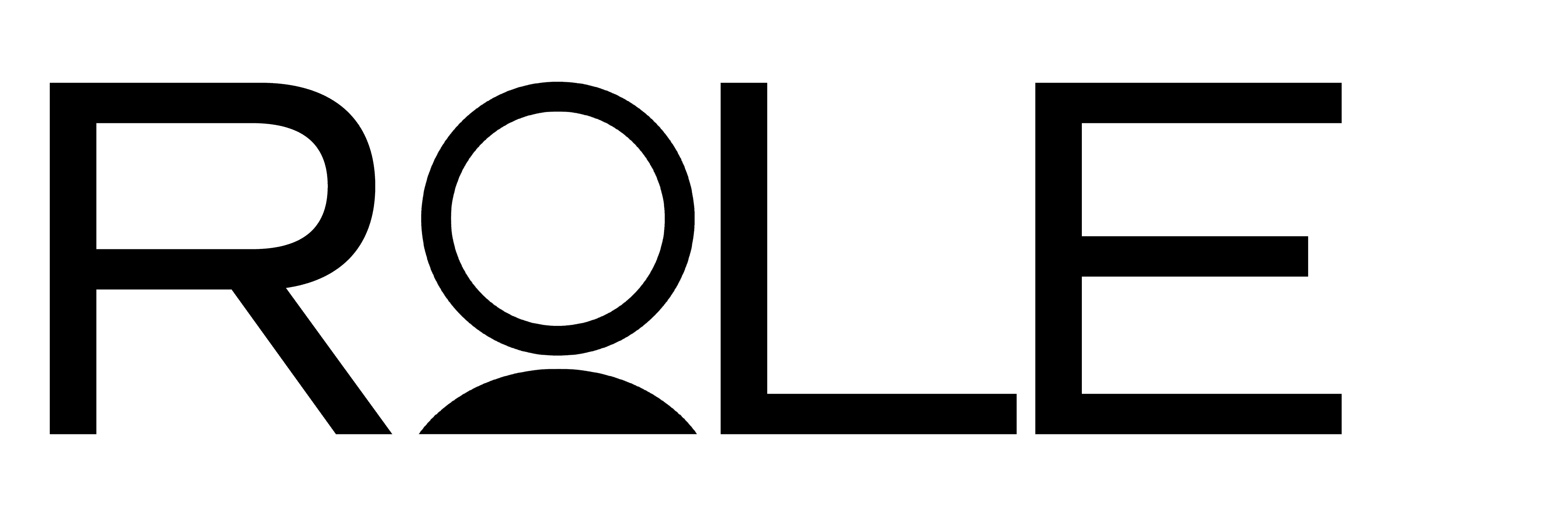In today's fast-paced healthcare environment, efficient clinical documentation is crucial for providing quality patient care, ensuring accurate decision-making, and maintaining the integrity of medical records. This article explores best practices in Electronic Health Record (EHR) documentation, time-saving strategies for clinical note-taking, and the transformative impact of voice recognition technology on healthcare documentation.
Optimizing EHR Documentation
Effective EHR documentation is the cornerstone of streamlined clinical workflows. Here are some key best practices:
-
Real-Time Documentation: Documenting patient encounters as they happen ensures accuracy and supports immediate decision-making. This approach keeps patient charts up-to-date with the most recent information.
-
Structured Data Entry: Utilize dropdown menus, checkboxes, and predefined fields to enhance accuracy and efficiency. This method minimizes errors and facilitates data analysis.
-
Template Customization: While standardized templates streamline processes, customizing them to your specific practice needs ensures relevant and accurate documentation.
-
Focus on Relevance: Avoid excessive copying and pasting from previous notes. Each entry should be specific to the current patient encounter.
-
Transparent Error Correction: When mistakes occur, correct them transparently while maintaining an audit trail of changes.
-
Privacy and Security: Adhere to HIPAA requirements and maintain robust security measures to protect patient information.
-
Clear Communication: Use descriptive language to ensure other healthcare providers can easily understand the patient's condition and treatment plan.
Time-Saving Strategies for Clinical Note-Taking
Implementing efficient note-taking strategies can significantly reduce documentation time:
-
Leverage Digital Tools: Utilize EHR features like auto-fill and dropdown menus to accelerate the note-taking process.
-
In-Room Documentation: Complete most documentation in the exam room, summarizing information aloud to patients while typing or dictating.
-
Adhere to Documentation Guidelines: Know and follow guidelines for different levels of service to avoid unnecessary detail.
-
Team Collaboration: Leverage the skills of medical assistants or nurses for initial documentation of patient concerns and medication reviews.
-
Set Time Goals: Aim to decrease the time spent on each note, with a suggested goal of 5 minutes or less per note for residents.
-
Focus on Brevity: Include only necessary information, especially in the plan section, to ensure clarity for other healthcare providers.
The Impact of Voice Recognition Technology
Voice recognition technology is revolutionizing clinical documentation:
-
Improved Efficiency: Voice recognition allows clinicians to dictate notes more quickly than typing, potentially reducing document turnaround time by 16-82% compared to traditional methods.
-
Increased Accuracy: Modern speech recognition systems have reported accuracy rates of 88-96% for medical documentation.
-
Cost Reduction: Many healthcare organizations are moving away from traditional transcription services, leading to significant cost savings.
-
EHR Integration: Speech recognition is increasingly being integrated with EHR systems, allowing for more seamless documentation workflows.
-
Ambient Speech Technology: Emerging ambient speech recognition systems can automatically document patient-provider conversations, potentially reducing clinician burnout.
However, it's important to note that careful editing is still required to ensure the accuracy of clinical documentation when using voice recognition technology.
Conclusion
By implementing these best practices, time-saving strategies, and leveraging technologies like voice recognition, healthcare providers can significantly streamline their clinical documentation processes. This not only improves efficiency but also enhances the quality of patient care by allowing clinicians to focus more on their patients and less on paperwork.
Remember, the goal of efficient documentation is not just to save time, but to improve the overall quality of healthcare delivery. As you implement these strategies, continuously evaluate their impact on your workflow and patient outcomes, and be open to adjusting your approach as needed.







